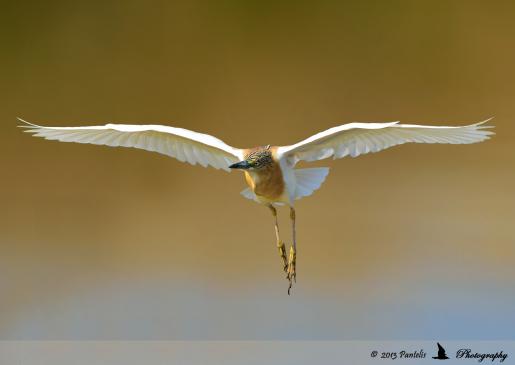Identification
An imposing bird with high legs and a particularly long neck, all-white. It has a yellow beak, but before the breeding season it becomes all-black in colour. Like all herons, when it flies, it tucks its long neck into its back, with its long legs stretched backwards. Characteristic is the harsh call it makes when it moves away, annoyed by human presence.
Distribution - Habitat
The Great egret distributes to all continents, it is as we say a "cosmopolitan" kind of bird. Breeding colonies of the Great egret exist in large wetlands in northern Greece and in Europe it has shown a tendency in recent decades to expand its range further north, in countries where it did not breed before.
Interesting Information
- He waits motionless for a long time or walks slowly until the fish passes by him and he will harpoon it in a flash.Its prey consists mainly of fish but also reptiles and small rodents.
- For mating, it grows long thin wings on its shoulders and chest. Many populations were driven to extinction in the 19th and early 20th century as they were killed for these feathers (for use in hats and clothing).
- It is a member of the large family of herons, which in Lesvos numbers 9 different species.



